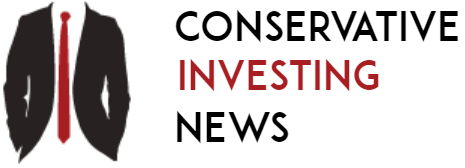With Donald Trump winning the US elections in 2024, the position of Jerome Powell, head of the US Federal Reserve, the world’s largest central bank, has come under threat.
Following Powell’s announcement of a 25 basis point rate drop at the press conference on November 7, the Fed chief was asked if he would resign if Trump asked, to which he said that he could not since Trump is ‘not permitted under law’ to force him out.
Trump is seen to be not aligned with Powell’s policies and the manner in which the current Fed officials have been managing interest rates. Trump is known to favour lower rates in the economy while Powell and FOMC members have to keep inflation in check by managing rates.
In order to control inflation, the US Federal Reserve has been boosting interest rates, keeping them between 5.25 and 5.50 percent for the past 14 months. The Fed has lowered interest rates by 75 basis points now that inflation seems to be under control. The Fed lowered the rate by 50 basis points in September and again by 25 basis points at the FOMC meeting in November.
The entire structure of the US Federal Reserve has also become a talking point where many are questioning whether the Fed is a private or a public institution.
The Federal Reserve System is not “owned” by anyone. The Federal Reserve was created in 1913 by the Federal Reserve Act to serve as the nation’s central bank. The Board of Governors in Washington, D.C., is an agency of the federal government and reports to and is directly accountable to Congress.
According to the Fed’s website, the Federal Reserve derives its authority from Congress, which created the System in 1913 with the enactment of the Federal Reserve Act. This central banking “system” has three important features: (1) a central governing board—the Federal Reserve Board of Governors; (2) a decentralized operating structure of 12 Federal Reserve Banks; and (3) a blend of public and private characteristics.
The Board—appointed by the President and confirmed by the Senate—provides general guidance for the Federal Reserve System and oversees the 12 Reserve Banks. The Board reports to and is directly accountable to Congress but, unlike many other public agencies, it is not funded by congressional appropriations. The Chair and other staff testify before Congress, and the Board submits an extensive report—the Monetary Policy Report—on recent economic developments and its plans for monetary policy twice a year. The Board also makes public the System’s independently audited financial statements, along with minutes from the FOMC meetings.
Some observers mistakenly consider the Federal Reserve to be a private entity because the Reserve Banks are organized similarly to private corporations.
For instance, each of the 12 Reserve Banks operates within its own particular geographic area, or District, of the United States, and each is separately incorporated and has its own board of directors. Commercial banks that are members of the Federal Reserve System hold stock in their District’s Reserve Bank.
However, owning Reserve Bank stock is quite different from owning stock in a private company. The Reserve Banks are not operated for profit, and ownership of a certain amount of stock is, by law, a condition of membership in the System.
The Reserve Banks are required by law to transfer net earnings to the U.S. Treasury, after providing for all necessary expenses of the Reserve Banks, legally required dividend payments, and maintaining a limited balance in a surplus fund.
The Federal Reserve Bank of St. Louis website explains the ownership of the Federal Reserve Banks – ‘Who Owns the Federal Reserve Banks?’
The Federal Reserve Banks are not a part of the federal government, but they exist because of an act of Congress. Their purpose is to serve the public. So is the Fed private or public?
The answer is both. While the Board of Governors is an independent government agency, the Federal Reserve Banks are set up like private corporations. Member banks hold stock in the Federal Reserve Banks and earn dividends. Holding this stock does not carry with it the control and financial interest given to holders of common stock in for-profit organizations. The stock may not be sold or pledged as collateral for loans. Member banks also elect six of the nine members of each Bank’s board of directors.
